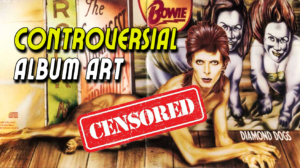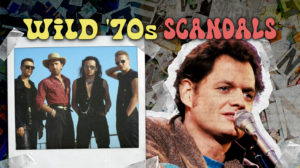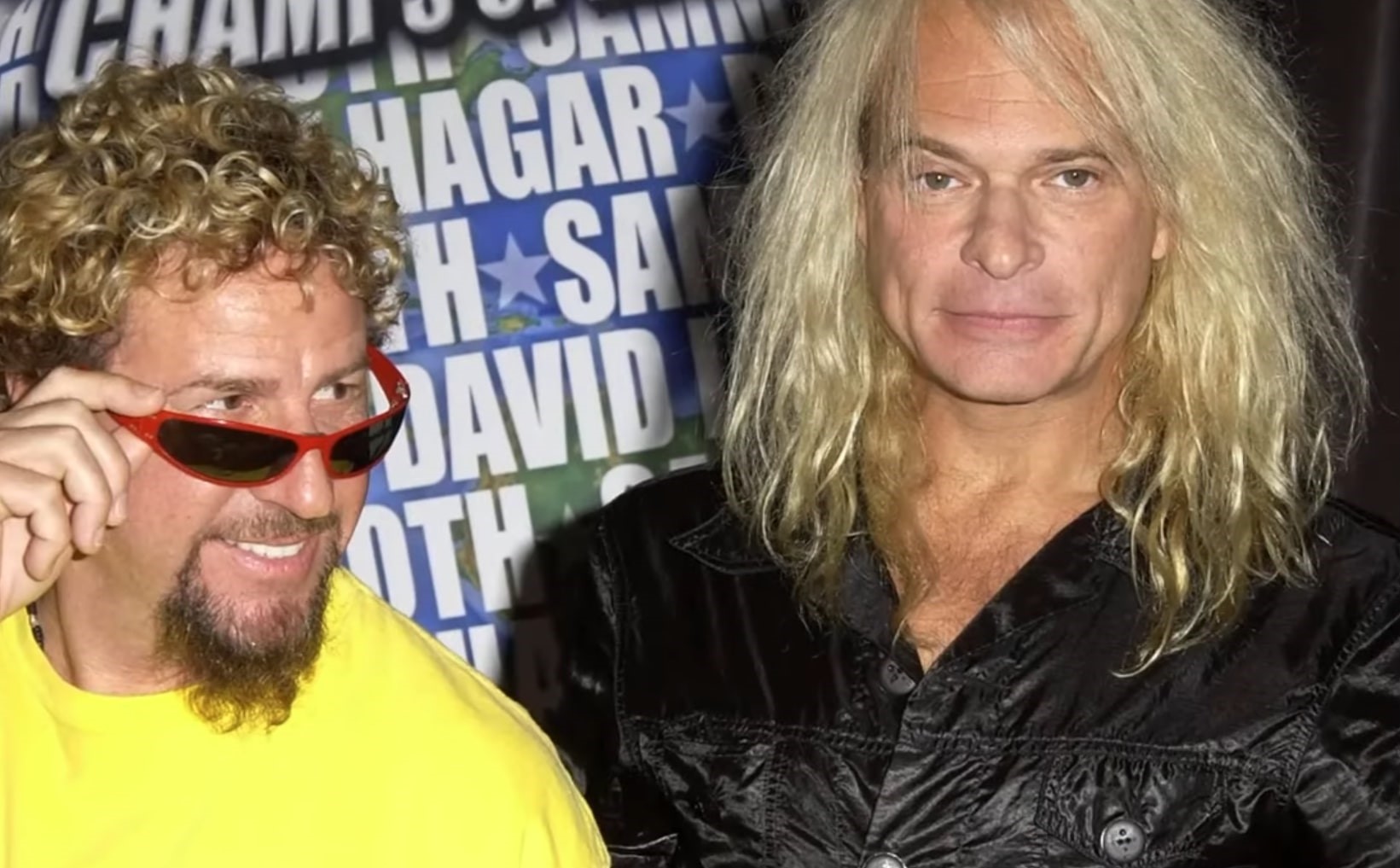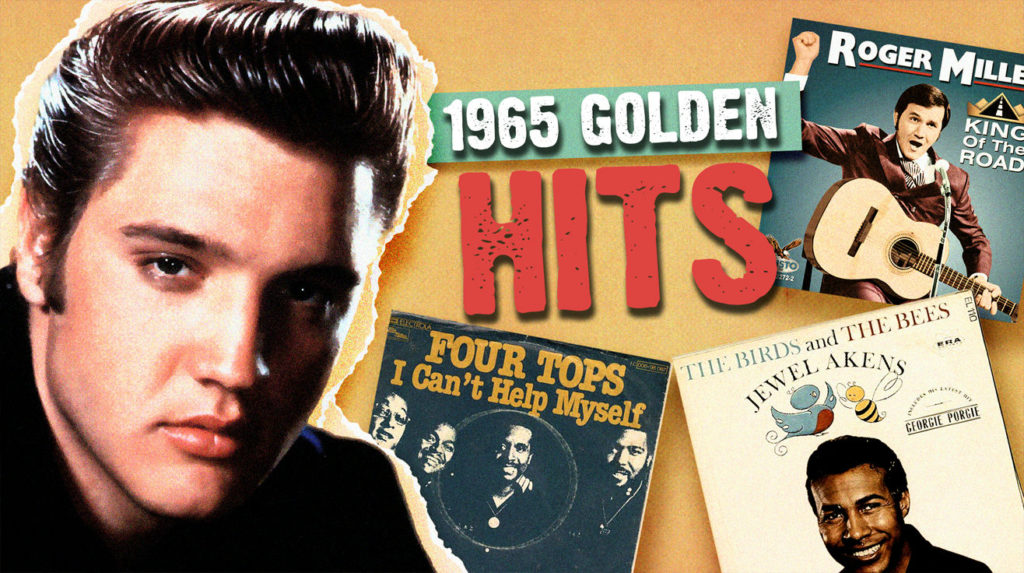
1965 marked a year in music history when everything exploded. According to Billboard’s comprehensive chart data and Top40Weekly’s historical analysis, this year represented a perfect convergence of technological innovation and cultural rebellion. The musical detonation sent shockwaves through studios and bedrooms alike, leaving nothing untouched. This represented revolution with the volume cranked to eleven. Before Woodstock got all the glory and after Elvis had been sanitized for prime time, 1965 stood at the crossroads where technology met rebellion, where experimentation collided with commercial appeal, and where artists realized they could reshape reality through magnetic tape.
The songs that emerged from this perfect storm topped charts and rewired our cultural DNA. While the adults were still slow-dancing to orchestral ballads, a new generation plugged in, turned up, and spoke truth to power through distortion pedals and multitrack recording. As documented by Billboard’s year-end charts and Top40Weekly’s song histories, these songs functioned as sonic manifestos declaring independence from the old order, like teenagers slamming their bedroom doors in the face of outdated rules.
10. My Girl – The Temptations: Motown’s Perfect Product
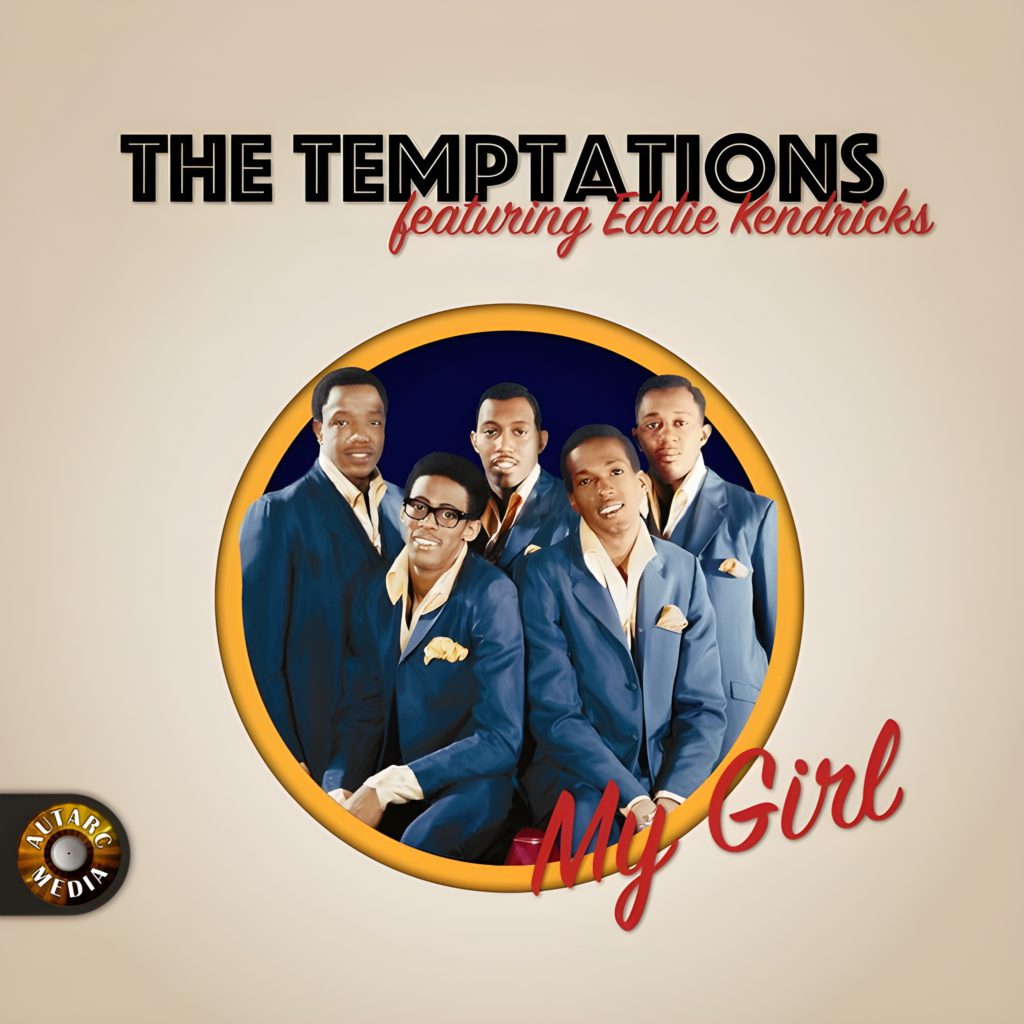
Some revolutions happen through perfection. “My Girl” fulfilled musical conventions so completely that it rendered previous attempts obsolete, like the first high-definition television making everything before it seem suddenly inadequate. The Temptations’ signature hit represents Motown’s assembly line achieving its platonic ideal, where commercial calculation and genuine emotion achieve perfect fusion.
The song’s iconic bass intro, orchestral strings, and David Ruffin’s smooth lead created a template that countless artists would attempt to replicate for decades. Its expression of uncomplicated joy provided emotional counterweight to the increasing heaviness of rock music’s themes, proving that straightforward celebration of love could be equally revolutionary in a landscape turning toward social commentary and personal angst. The track’s journey to #1 in March 1965 marked the moment when Black musical innovation took center stage—this represented R&B demonstrating its central position in American musical identity. Every love song that followed would be measured against this yardstick, making its million copies sold about cultural recalibration as much as commercial success.
9. Crying In The Chapel – Elvis Presley: The King’s Quiet Reclamantion

New musical royalty was being crowned when the original king made a strategic pivot. Elvis’s gospel ballad dropped into 1965 like a church bell ringing amid a rock concert—unexpected, anachronistic, yet impossible to ignore. The five-year delay between recording and release seemed almost calculated, positioning Presley as timeless rather than trendy, above the fray of the British Invasion rather than scrambling to compete with it. His restraint on the track reveals a reclamation of identity.
The song’s simple acoustic arrangement strips away the Vegas-ready production that would later define his decline, revealing the Memphis soul that first made him revolutionary. Its success on both gospel and pop charts represented something substantial: proof that authenticity could still cut through the increasingly crowded musical marketplace. For a performer whose hip-shaking had once scandalized the nation, this spiritual turn showed sophisticated career chess, reminding audiences that he contained multitudes before such artistic flexibility was expected. The million copies sold demonstrated that even as new musical stories were being written, the first chapters retained their power to move audiences looking for something real amid increasing artifice.
8. (I Can’t Get No) Satisfaction – The Rolling Stones: The Fuzztone Manifesto

Before “Satisfaction,” guitar distortion was a mistake. After “Satisfaction,” it became a movement. Keith Richards’ Gibson Fuzztone-drenched riff announced a declaration of war against musical politeness, a middle finger raised to anyone who thought pop music should know its place and stay in its lane. The sound bulldozed through speakers like a getaway car crashing through police barriers.
Mick Jagger’s lyrics about consumerism and sexual frustration worked as authentic sneers directed at a society that demanded conformity while selling rebellion in convenient, commercialized packages. The song reached #1 despite (or because of) being banned by stations clutching their metaphorical pearls over its suggestions of—gasp—premarital satisfaction. This represented the moment rock music stopped asking for permission to exist in the cultural conversation. The fuzz pedal transcended equipment to become philosophy, a way to interrogate the glossy lie of post-war prosperity by deliberately dirtying up its soundtrack.
7. You Were On My Mind – We Five: Folk Goes Electric Without The Drama
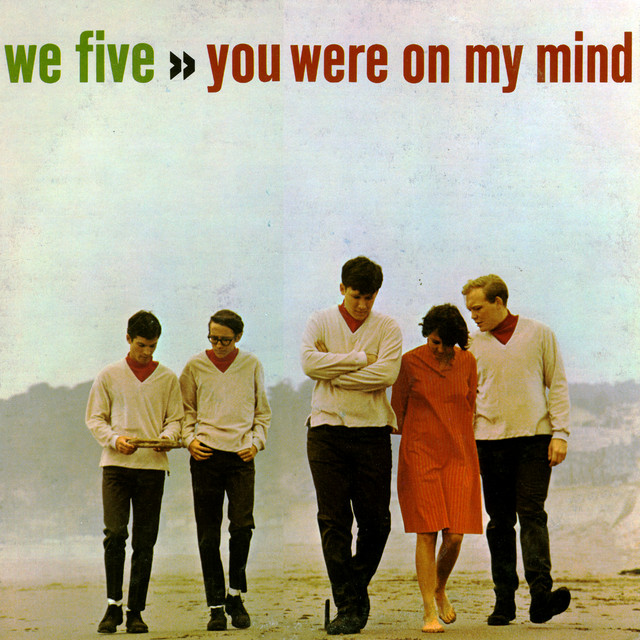
While Bob Dylan got all the headlines for going electric at Newport, We Five quietly plugged in their folk sensibility without the performative temper tantrum. Their reworking of Sylvia Fricker’s introspective ballad into an uptempo pop confection showed revolutionary qualities precisely because it didn’t announce itself as such. It operated as stealth reinvention, like sneaking vegetables into a kid’s favorite meal—suddenly folk purists were bopping along to arrangements that would have given them hives if labeled “commercial.”
The song’s production achievements read like a tech startup’s innovations list: advanced multitrack recording, creative mixing techniques, layered instrumentation that hinted at the psychedelic tsunami gathering force just offshore. We Five’s arrangement accelerated folk music from contemplative coffeehouse tempo to the frantic pace of modern life, reflecting the increasing metabolism of youth culture itself. Nearly every indie folk-pop crossover act of the last twenty years owes an unacknowledged debt to this blueprint. Their eleven weeks in the Top 10 proved that experimental production could peacefully coexist with commercial success, like discovering you could have your musical revolution and chart with it too.
6. Downtown – Petula Clark: Invasion From The Other Direction
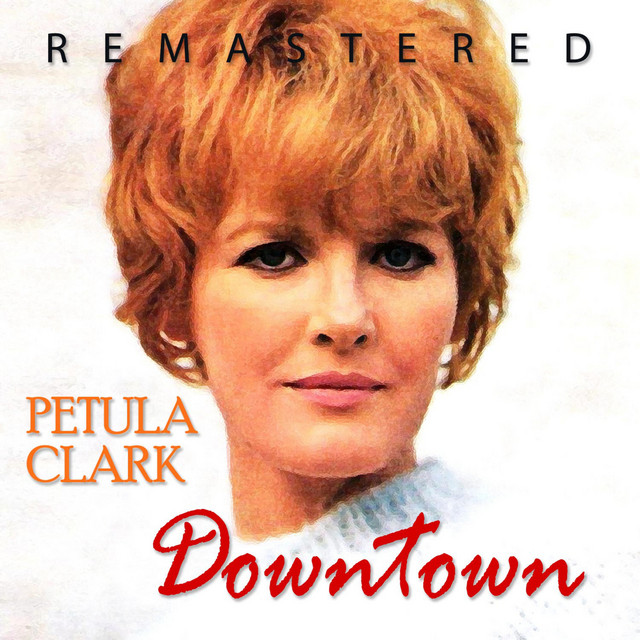
While American teens screamed for British boys with guitars, Petula Clark snuck through the cultural DMZ with something more subversive: joy packaged as sophisticated pop craftsmanship. “Downtown” presented urbanity as liberation rather than danger, challenging the suburban exodus narrative that had defined post-war American life. The city in Clark’s anthem offered bright lights where you could forget all your troubles, a radical repositioning that landed like a glitter bomb in America’s car-dependent, mall-obsessed landscape.
Clark crashed through the glass ceiling of the British Invasion without the safety net of a boy band structure, proving female solo artists could conquer American charts during this testosterone-fueled era. Her optimistic melody and orchestral backing brought European cosmopolitan sensibility to American ears still adjusting to cultural perspectives beyond their borders. The song’s three million copies sold worldwide represents commercial success and marks a moment when female ambition and urban celebration could coexist on the charts, challenging the narrative that important music had to come from angry young men with something to prove. In every shopping mall built since, her ghost lingers, whispering that downtown still waits with its neon promise.
5. Can’t You Hear My Heart Beat – Herman’s Hermits: The Revolution’s Friendly Face
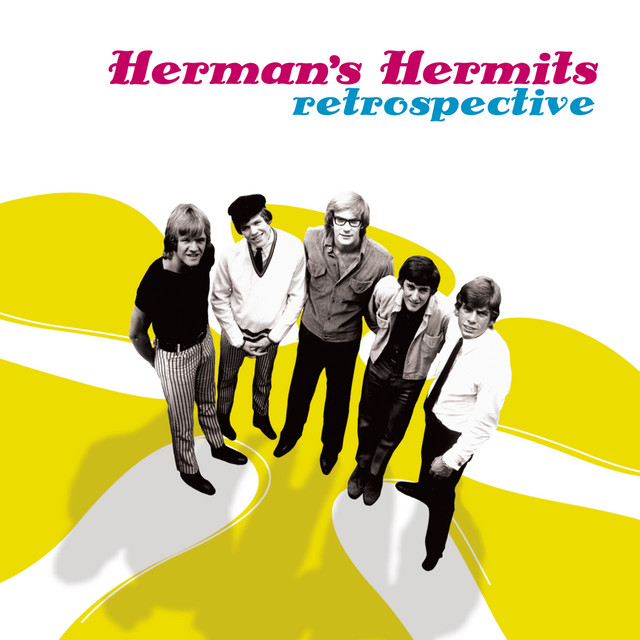
Many soldiers in the British Invasion carried experimental weapons. Herman’s Hermits arrived with something equally powerful: accessibility. Their chart success with straightforward, unabashedly commercial pop proved that revolution can wear a smile and bring your parents along for the ride. “Can’t You Hear My Heart Beat” succeeded precisely because it focused on making people dance rather than changing the world.
The track’s simple declaration of romantic devotion might seem quaint compared to the sexual frustration in “Satisfaction” or the existential crisis in “Help!,” but its conventionality became its strength. The song created safe entry points into youth culture for listeners who found The Rolling Stones threatening or The Beatles increasingly puzzling. Like the friend who convinces hesitant partygoers to hit the dance floor, Herman’s Hermits expanded the revolution’s reach by lowering its barriers to entry. Their half-million copies sold in America represent commercial success and cultural diplomacy, building bridges between generations when others were busy burning them for headline-grabbing heat.
4. I Can’t Help Myself – Four Tops: Motown’s Technical Insurgency
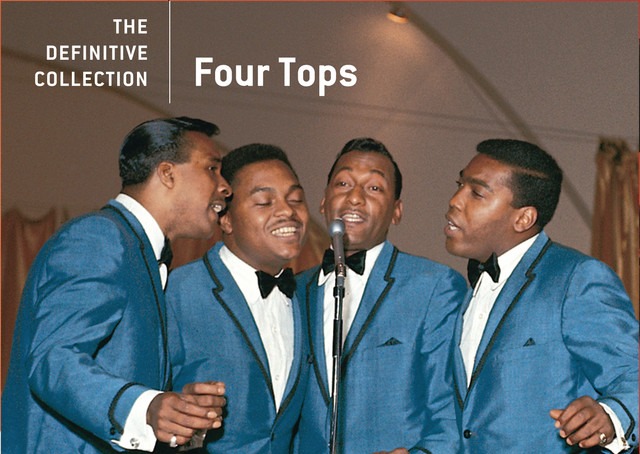
While white America was busy claiming the British Invasion as revolutionary, Berry Gordy’s Motown machine was quietly engineering the future in Detroit. “I Can’t Help Myself” sounds deceptively simple to casual ears—a love song with a catchy hook. That simplicity masks a technical insurgency happening on magnetic tape, a musical Manhattan Project that forever altered how songs were built.
The legendary Holland-Dozier-Holland team constructed sonic cathedrals where Levi Stubbs’ vulnerable lead vocals could echo against the Funk Brothers’ precision instrumentation. That handclap rhythm? Revolutionary. Those complex harmonies? Radical. The multitrack layering techniques pioneered here reset industry standards while bypassing the self-congratulatory experimentalism that white rock acts would later claim as their invention. Like all genuinely disruptive innovations, it made its technical complexity seem effortless and inevitable, hiding the revolution in plain sight behind a love song that made millions dance.
3. Help! – The Beatles: Personal Crisis as Pop Commodity

The genius of “Help!” lies in its musical sleight-of-hand—packaging existential dread as toe-tapping entertainment, like hiding razor blades in birthday cake. Lennon’s personal breakdown became the raw material for a #1 hit with a bouncy tempo that masked its creator’s desperation. The song marked the moment when The Beatles evolved beyond lovable moptops into something more dangerous: artists using commercial platforms for emotional honesty.
The track’s upbeat melody creates the perfect Trojan horse, smuggling vulnerability into millions of homes that would have rejected outright melancholy. This represented commercial pop eating itself, questioning its own foundations while still delivering the hooks that kept the machine running. The song spent three weeks at #1 while laying breadcrumbs toward the band’s more experimental future, proving you could begin dismantling the master’s house while still cashing the master’s checks. The millions who bought it funded the revolution that would transform pop from entertainment to art form, from distraction to cultural centerpiece.
2. Wooly Bully – Sam The Sham and The Pharaohs: The Trojan Horse of Counter Culture

Nobody saw the revolution coming in Sam the Sham’s deceptively playful garage-rock stomper. Behind that infectious organ riff and nonsense lyrics lurked a cultural shift as significant as swapping sensible shoes for combat boots. The song masqueraded as harmless fun while the establishment wasn’t looking, and its Tex-Mex influences and raw energy bulldozed barriers between musical traditions. Radio stations clutched their pearls, briefly banning what they couldn’t understand—the oldest trick in the moral panic playbook.
Despite selling over three million copies and becoming Billboard’s Record of the Year, “Wooly Bully” gets sidelined in rock histories that prefer their revolution with more obvious political credentials. This track worked as stealth rebellion, the gateway drug that led countless listeners toward musical experimentation. Its association with bell-bottoms and psychedelic fashion wasn’t coincidental—both represented the same impulse to break free from the suburban straightjacket of post-war conformity. The song rode in like a colorful carnival float but left behind the breadcrumbs that would lead toward the summer of love.
1. You’ve Lost That Lovin’ Feelin’ – Righteous Brothers: Spector’s Sonic Cathedral

Phil Spector constructed a fortress where emotion could hide in plain sight, protected by layers of orchestration that made vulnerability feel like strength. The Righteous Brothers’ blue-eyed soul masterpiece demonstrated architectural disruption, rebuilding how studios functioned from foundation to facade. Bass lines became load-bearing walls. Reverb became rooms within rooms. Orchestral instruments crowded together like strangers on a subway platform during rush hour.
The drama in Bill Medley and Bobby Hatfield’s intertwining vocals emerged from carefully engineered emotional manipulation, the musical equivalent of a filmmaker using every lens trick to make you cry. Critics who dismissed the arrangement as “overblown” missed the point entirely; overblown served as the goal, excess as artistic statement. This music was designed to overwhelm resistance, to flood emotional defenses before you could raise them. Its legacy as the most-played song of the 20th century on American radio makes sense—it was built to last like a cathedral, with every note placed as carefully as a stone in an arch that would support the weight of generations. Enjoying this list? You might also want to check out this list of songs from 1965 that are perfect for the weekend.




